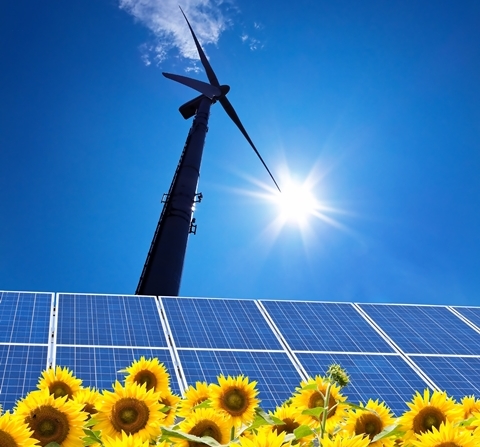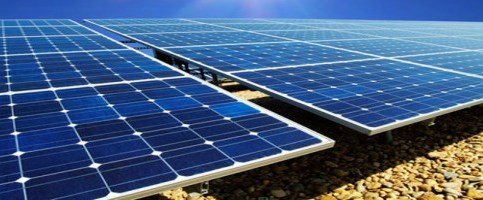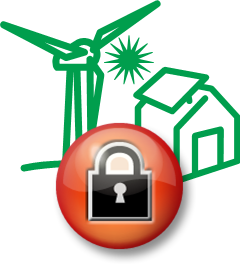ICTpost Energy Bureau
Over the next three decades, world energy consumption is projected to increase by 56 percent, driven by growth in the developing world, according to the report International Energy Outlook released by the US Energy Information Administration (EIA).
Rising prosperity in China and India is a major factor in the outlook for global energy demand. These two countries combined account for half the world’s total increase in energy use through 2040. The two countries will have a profound effect on the development of world energy markets.
India is the fifth largest wind energy market in the world, in terms of installed capacity accounting for about 65% of the total installed renewable energy capacity in the country. The installed capacity of wind power in India is 19661.15 MW, mainly spread across Tamil Nadu, Gujarat, Maharashtra, Karnataka, Rajasthan, Madhya Pradesh (386 MW), Andhra Pradesh (435 MW), Kerala (35.1 MW), Orissa (2MW), West Bengal (1.1 MW) and other states (3.20 MW). Wind power accounts for 8.5% of India’s total installed power capacity, and it generates 1.6% of the country’s power.
The establishment of a dedicated offshore wind energy authority could not have come at a better time. The government recently reintroduced a crucial incentive scheme for the wind energy sector. The Generation-based Incentive scheme had been one of the most attractive incentives for project developers in the wind energy sector. In its absence, India’s wind energy capacity addition fell to the lowest point in three years.
Wind energy can be a significant contributor to lighting India and the world. Wind power is a renewable and sustainable source of electricity that harnesses the kinetic energy of the wind to generate electricity. Here’s how wind energy can be used to provide lighting for India and beyond:
- Wind Turbines:
- Wind turbines are the primary technology used to convert wind energy into electricity. These turbines consist of large blades mounted on a tower. As the wind blows, it causes the blades to rotate, and this rotational motion is converted into electricity by a generator.
- Wind Farms:
- Wind turbines are often grouped together in wind farms to capture more wind and generate higher amounts of electricity. Wind farms can cover large areas, particularly in regions with consistent and strong wind patterns.
- Onshore and Offshore Wind:
- Onshore wind farms are located on land, while offshore wind farms are situated in bodies of water. Both types of installations can contribute significantly to electricity generation. Offshore wind farms, in particular, can take advantage of strong and consistent winds over the ocean.
- Electricity Generation:
- The electricity generated by wind turbines can be fed into the grid to supply power to homes, businesses, and industries. It can be used for various purposes, including lighting, heating, cooling, and running electronic devices.
- Lighting Rural Areas:
- In India, where access to electricity is a challenge in some rural areas, wind energy can be deployed to provide lighting to off-grid or underserved communities. Small-scale wind turbines can be used for decentralized energy generation.
- Hybrid Systems:
- Wind energy can be integrated into hybrid power systems along with other renewable sources like solar and conventional sources like diesel generators. This approach ensures a more stable and reliable power supply.
- Energy Storage:
- To address the intermittent nature of wind, energy storage solutions like batteries can be integrated into the system. Excess energy generated during windy periods can be stored and used during calm periods, ensuring a continuous power supply.
- Reducing Carbon Emissions:
- Wind energy is a clean and green source of electricity, producing minimal greenhouse gas emissions compared to traditional fossil fuels. Increasing the use of wind power helps reduce the carbon footprint and combat climate change.
- Large-Scale Wind Projects:
- Large-scale wind projects, consisting of multiple turbines, are capable of supplying significant amounts of electricity to urban areas and industries. Governments and private entities can invest in such projects to meet the growing demand for power.
- Global Impact:
- Beyond India, wind energy is a global resource that many countries are tapping into to diversify their energy mix and reduce dependence on fossil fuels. Wind power contributes to the global effort to transition toward sustainable and renewable energy sources.
While wind energy has great potential, its successful deployment requires careful consideration of local wind patterns, environmental impacts, and community engagement. Strategic planning, technological advancements, and supportive policies can further enhance the role of wind energy in lighting India and the world.








